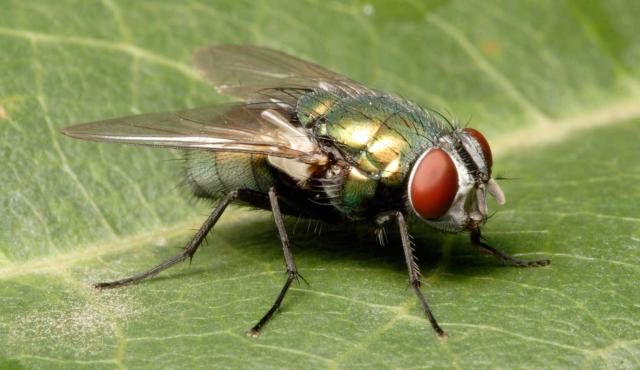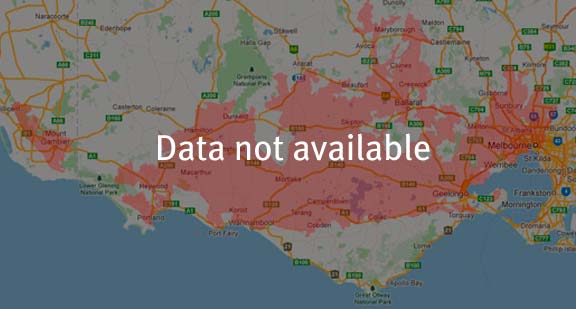A range of teacher professional learning programs will be developed to accompany the Biodiversity of the Western Volcanic Plains online outreach...

Australian Sheep Blowfly
Lucilia cuprina
Adult blowflies are attracted to meat or living flesh where they lay maggots rather than eggs. Their full life cycle can be completed in as few as 7 days. Maggots laid in late autumn do not pupate until the following spring. There is a high death rate among overwintering maggots so blowflies need to breed up each spring and summer from a small surviving population.
| Details | Description |
| Type | Invertebrate |
| Group | Insect - Fly |
| Other Common Names | Primary Green Blowfly |
| Identifying Characteristics | |
| Distinctive Markings | Shiny green body. |
| Diet | Carnivore and carrion feeder. The larvae mainly feed on decaying animal tissue but can feed on living flesh near open wounds. |
| Habitat | Found in urban areas, semi-arid environments, forest, heath, grasslands, forests, wetlands, woodlands and gardens. |
| Native Status | Native to Australia |
| Taxonomy | |
| Phylum | Arthropoda |
| Class | Insecta |
| Order | Diptera |
| Family | Calliphoridae |
| Genus | Lucilia |
| Species | cuprina |

Distribution maps indicate current and historic locations where species have been sighted.
Source: Atlas of Living Australia
| Conservation Status | |
| DEPI Advisory List | Not listed |
| FFG Act | Not listed |
| EPBC Act | Not listed |
The conservation status of species is listed within Victoria and Australia.
The Department of Environment and Primary Industry (DEPI) Advisory List consists of non-statutory advisory lists of rare or threatened flora and fauna within Victoria.
The Flora and Fauna Guarantee Act 1988 (FFG Act) lists threatened species in Victoria. Under the Act, an Action Statement is produced for each listed species.
The Environment Protection and Biodiversity Conservation Act 1999 (EPBC Act) is the Australian Government’s key piece of environmental legislation, listing nationally threatened native species and ecological communities.



